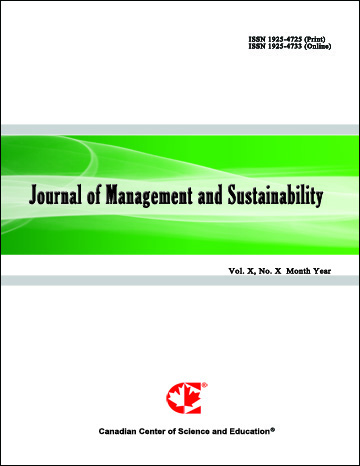Predicting Species Extinction Threats Using Occurrence Data From the Global Biodiversity Information Facility
- Susmita Dasgupta
- Brian Blankespoor
- David Wheeler
Abstract
Global biodiversity continues to decline, underscoring the urgency for systematic conservation planning. Effective action requires reliable information on species distributions and the pressures they face. This study uses occurrence data from the Global Biodiversity Information Facility (GBIF) to construct extinction threat indicators for over 600,000 terrestrial and marine species, drawing on secondary data for range size, formal protection, and species-specific pressures. For terrestrial species, additional indicators include population density and sensitivity to human encroachment, while marine species are assessed using commercial fishing intensity, Exclusive Economic Zone (EEZ) jurisdiction, and coastal population pressure.
An ordered logit model is estimated using 87,731 species already evaluated by the International Union for Conservation of Nature (IUCN), linking threat levels to IUCN’s five risk categories: Least Concern, Near Threatened, Vulnerable, Endangered, and Critically Endangered. The resulting parameters are then applied to 512,675 additional species in the GBIF dataset without IUCN ratings, projecting their extinction probabilities.
The findings reveal a much larger pool of species at elevated risk than previously recognized and generate substantially revised maps of global conservation hotspots and priority areas. The approach is transparent, adaptable, and capable of integrating new records as GBIF coverage expands, offering a practical tool for monitoring biodiversity threats worldwide.
- Full Text:
 PDF
PDF
- DOI:10.5539/jms.v15n2p93
Journal Metrics
Google-based Impact Factor (2021): 1.54
h-index (July 2022): 37
i10-index (July 2022): 147
h5-index (2017-2021): 12
h5-median (2017-2021): 19
Index
- Academic Journals Database
- ANVUR (Italian National Agency for the Evaluation of Universities and Research Institutes)
- CAB Abstracts
- CNKI Scholar
- EconBiz
- Excellence in Research for Australia (ERA)
- GETIT@YALE (Yale University Library)
- Harvard Library
- HeinOnline
- Infotrieve
- JournalTOCs
- LOCKSS
- MIAR
- PKP Open Archives Harvester
- RePEc
- Scilit
- SHERPA/RoMEO
- Stanford Libraries
- UCR Library
Contact
- Evelyn XiaoEditorial Assistant
- jms@ccsenet.org
